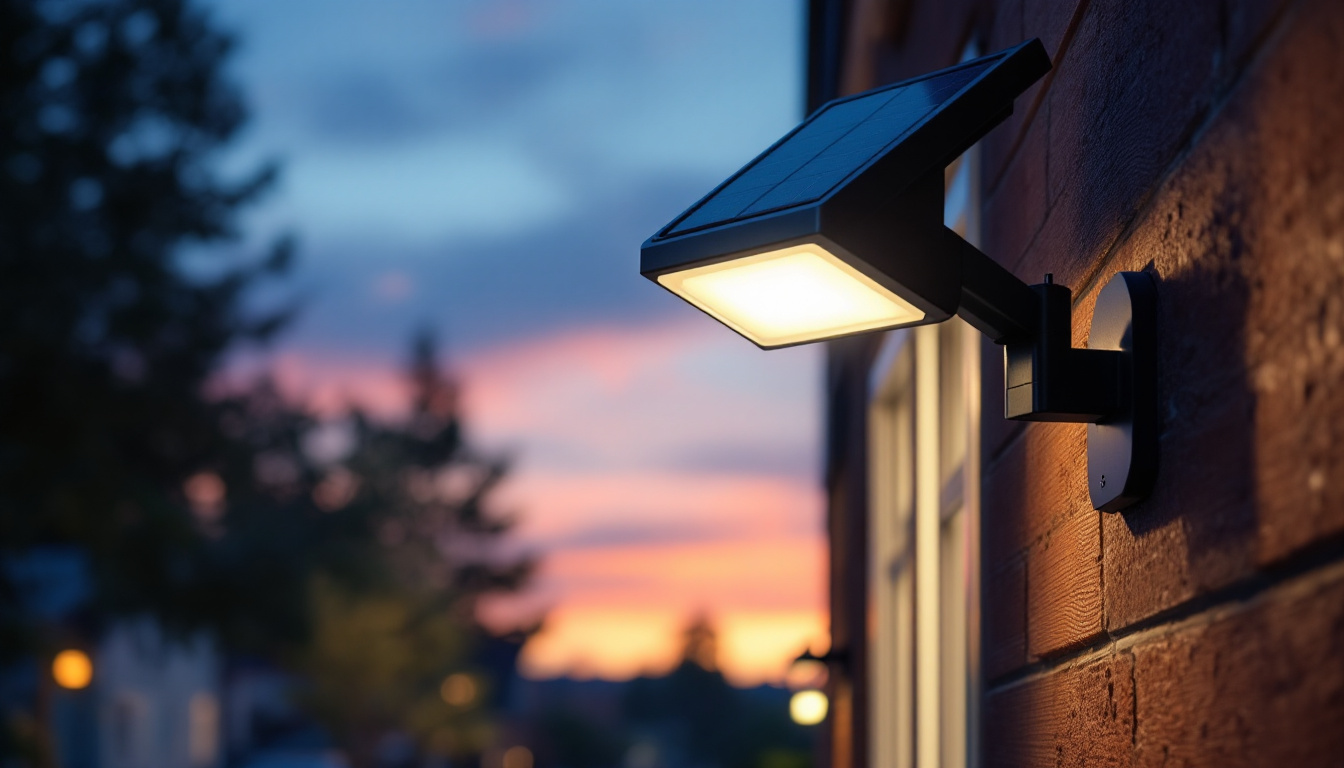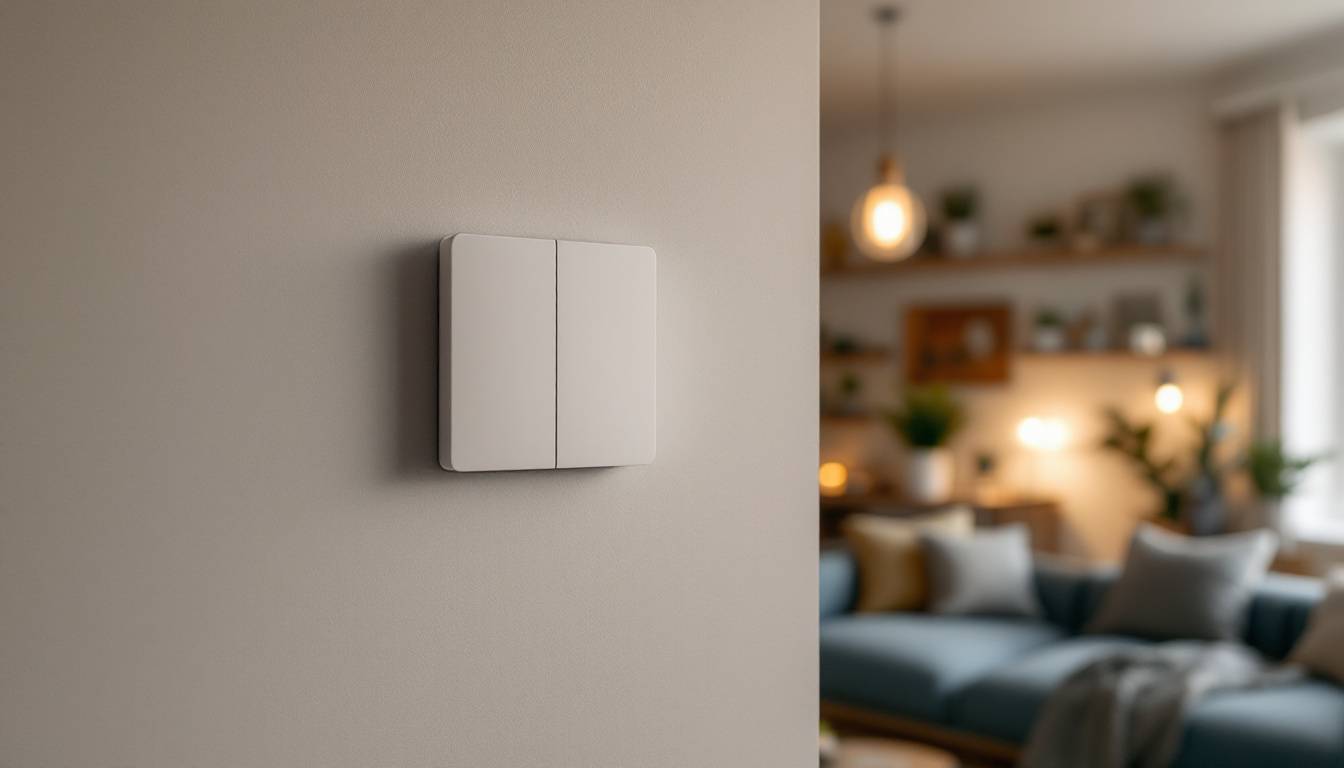
In the ever-evolving landscape of outdoor lighting, solar-powered sign lights have emerged as a popular choice among lighting contractors. These innovative solutions harness the power of the sun to illuminate signs, pathways, and other outdoor spaces without relying on traditional electricity sources. As energy efficiency and sustainability become increasingly important, understanding the benefits and limitations of solar-powered lighting compared to conventional alternatives is essential for making informed decisions.
This article delves into the advantages and disadvantages of solar-powered sign lights, explores alternative lighting options, and provides guidance on what lighting contractors should consider when choosing the best solution for their projects.
One of the primary advantages of solar-powered sign lights is their low operational cost. Once installed, these lights require minimal maintenance and no ongoing electricity bills, making them a cost-effective solution in the long run. Additionally, the installation process is often simpler and more flexible than traditional lighting systems, as they do not require extensive wiring or access to electrical grids. This can be particularly beneficial in remote areas or locations where trenching for electrical lines would be impractical or prohibitively expensive. Furthermore, advancements in solar technology have led to improved efficiency and battery storage, allowing these lights to perform reliably even in less-than-ideal weather conditions.
However, it is crucial to consider the limitations of solar-powered sign lights as well. Factors such as geographic location, seasonal changes, and the positioning of the solar panels can significantly affect their performance. In regions with limited sunlight or during winter months, the energy collected may not be sufficient to power the lights consistently. Additionally, while solar lights have come a long way in terms of brightness and design, they may still not match the intensity and range of traditional electric lights, particularly in high-traffic or commercial areas where visibility is paramount. Understanding these nuances can help contractors make better choices that align with the specific needs of their projects and clients.
One of the most compelling advantages of solar-powered sign lights is their energy efficiency. By utilizing solar panels, these lights convert sunlight into electricity, significantly reducing energy costs. For contractors, this means lower operational expenses for clients and the potential for long-term savings. Additionally, many solar lights come with built-in batteries that store energy for use during nighttime, ensuring consistent performance regardless of weather conditions.
Moreover, the installation of solar-powered lights often eliminates the need for extensive wiring or electrical infrastructure, further reducing costs. This can be particularly beneficial in remote locations or areas where trenching for electrical lines would be impractical or costly.
In today’s environmentally conscious market, the appeal of solar-powered solutions extends beyond mere functionality. By opting for solar lighting, contractors contribute to a reduction in carbon emissions and promote sustainable practices. Solar lights do not consume fossil fuels, making them a greener alternative to traditional electric lights. Contractors can position themselves as environmentally responsible providers, appealing to clients who prioritize sustainability in their projects.
Furthermore, many solar-powered sign lights are designed with recyclable materials, enhancing their eco-friendly profile. This not only benefits the environment but also aligns with the values of a growing number of consumers who are eager to support businesses that prioritize sustainability.
Another significant advantage of solar-powered sign lights is their ease of installation. Without the need for electrical connections, lighting contractors can set up solar lights quickly and efficiently. This can be particularly advantageous in projects with tight deadlines or where access to power sources is limited.
Maintenance is also simplified with solar lights. Many models are designed to be weather-resistant and durable, requiring minimal upkeep. The absence of electrical components means there are fewer parts that can fail, reducing the likelihood of service calls and repairs. This reliability can enhance customer satisfaction and foster long-term client relationships.
While solar-powered sign lights offer numerous benefits, they are not without their drawbacks. The primary limitation is their dependence on sunlight. In regions with limited sunlight or during extended periods of cloudy weather, the performance of solar lights may be compromised. This can lead to inconsistencies in illumination, which may not meet the expectations of all clients.
Contractors should assess the geographical location and climate conditions of their projects before recommending solar lighting solutions. In areas where sunlight is scarce, it may be prudent to consider alternative options or hybrid systems that combine solar power with traditional electricity sources.
Although solar-powered sign lights can lead to long-term savings, the initial investment can be higher than traditional lighting options. The cost of high-quality solar panels and batteries can deter some clients, especially those with tight budgets. Lighting contractors must be prepared to justify these costs by highlighting the potential for energy savings and reduced maintenance expenses over time.
Additionally, the return on investment (ROI) for solar lighting may take longer to realize compared to conventional systems. Contractors should provide clients with detailed cost analyses and projections to help them understand the long-term financial benefits of choosing solar-powered solutions.
Traditional electric sign lights remain a popular choice for many applications. These lights are typically powered by the electrical grid, offering consistent and reliable illumination regardless of weather conditions. For lighting contractors, electric lights can be a straightforward solution, particularly in urban areas with established electrical infrastructure.
However, traditional electric lights come with their own set of challenges. They often require extensive wiring, which can increase installation time and costs. Additionally, ongoing electricity costs can add up over time, making them less appealing from a budgetary perspective. Contractors must weigh these factors when determining the best lighting solution for their clients.
LED sign lights represent a modern alternative that combines energy efficiency with longevity. These lights consume significantly less energy than traditional incandescent options, resulting in lower operational costs. Furthermore, LED lights have a much longer lifespan, reducing the frequency of replacements and maintenance.
For lighting contractors, LED lights offer versatility in design and application. They can be used for a wide range of signage, from storefronts to billboards, and can be easily integrated into existing electrical systems. However, like traditional electric lights, LED systems still rely on grid power, which may not align with the sustainability goals of all clients.
Hybrid lighting solutions combine the best of both worlds, integrating solar and traditional electric lighting systems. These setups allow for flexibility in installation and operation, ensuring that signs remain illuminated even during periods of low sunlight. For contractors, hybrid systems can be an attractive option for clients who desire the sustainability of solar power without sacrificing reliability.
However, hybrid systems can be more complex to install and may require additional planning and design considerations. Contractors must be equipped to handle these complexities and provide clients with a comprehensive understanding of how hybrid solutions can meet their specific needs.
When selecting the appropriate lighting solution for a project, contractors must consider the specific requirements of the job. Factors such as the location, intended use, and desired aesthetic will play a significant role in determining whether solar-powered sign lights or alternative options are the best fit.
For example, in remote areas with limited access to electricity, solar lights may be the ideal choice. Conversely, in urban environments with established electrical infrastructure, traditional or LED lights may provide more reliable illumination.
Understanding client preferences is crucial in the decision-making process. Some clients may prioritize sustainability and be willing to invest in solar-powered solutions, while others may focus more on immediate costs and opt for traditional electric lights. Lighting contractors should engage in open discussions with clients to gauge their priorities and budget constraints, ensuring that the chosen solution aligns with their expectations.
Providing clients with a range of options, along with detailed cost analyses and performance comparisons, can help facilitate informed decision-making. This approach not only enhances client satisfaction but also positions contractors as knowledgeable and trustworthy advisors.
Finally, contractors must be aware of any regulatory considerations that may impact the choice of lighting solutions. Local building codes, zoning regulations, and environmental guidelines can all influence the feasibility of solar-powered sign lights or other alternatives.
Staying informed about these regulations is essential for ensuring compliance and avoiding potential legal issues. Contractors should also be prepared to assist clients in navigating any necessary permits or approvals related to their chosen lighting solutions.
In the competitive landscape of outdoor lighting, solar-powered sign lights offer a compelling alternative to traditional electric options. Their energy efficiency, environmental benefits, and ease of installation make them an attractive choice for many projects. However, contractors must also consider the limitations of solar lighting, including dependence on sunlight and initial costs.
Ultimately, the decision between solar-powered sign lights and alternative solutions should be based on a thorough assessment of project requirements, client preferences, and regulatory considerations. By providing clients with comprehensive information and expert guidance, lighting contractors can ensure that they make the right choice for their specific needs.
As the demand for sustainable and energy-efficient solutions continues to grow, solar-powered sign lights are likely to play an increasingly prominent role in the lighting industry. Contractors who embrace these innovations will not only enhance their service offerings but also contribute to a more sustainable future.
Ready to elevate your lighting projects with the best in solar-powered sign lights and more? At LumenWholesale, we provide lighting contractors with the highest quality, spec-grade lighting products at unbeatable wholesale prices. Say goodbye to local distributor markups and hello to superior lighting solutions that meet the highest industry standards. With our hassle-free bulk buying and free shipping, you get premium lighting at the best value — ensuring your projects shine without hidden fees or compromises. Discover wholesale lighting at the best value today and join the sustainable future of outdoor lighting with LumenWholesale.

Discover how church chandelier lighting contractors can elevate your sanctuary’s ambiance, attract more visitors, and boost your business—learn key strategies today!.

Discover how programmable light switches can revolutionize the way lighting contractors manage projects, leading to significant cost savings and increased efficiency.

Discover essential strategies and expert tips for lighting contractors to excel in the commercial outdoor lighting industry.

Discover the must-have 12-inch LED lights that are transforming projects for lighting contractors.